SPRING GARDEN CHECK-IN!
What does two weeks of rain followed by a week of warm sun bring? Spring growth! From bulbs to bracken fern, the plants are up and growing at Leafhopper Farm. We’ve stripped back the cloche coverings and sewn seeds in the green house to compel new young sprouts for coming summer bounty. Our pastures are off the hook, and chickens can’t even keep up! Our goats are browsing things down fast, and we’re proud of our diversifying pasture plantings. Grasses are not all a pasture should supply to healthy grazing animals, it must also have medicine plants like plantain and dandelion, there should be legumes like clover, and yarrow too. Take a disc to your pasture every few years, not a plow to till it up, but a disc, which opens the soil to new seed without completely destroying the established plants already in the ground and thriving.
In the small garden patch pictured above, a thick growth of cover crop mix sewn last fall is ready to chop and drop. All that green manure will go back into the soil in a second conditioning, Eventually, this patch will be the location of another hoop house. I’ve been jump starting fertility for the future beds which will grow year-round food for the farm.
To grow year round in most North American climates (with the exception of Hawaii), you need shelter and protection from the cold. Insulated covers like mulch will protect dormant crops, but to grow above ground in freezing temperatures, of course you’ll have to insulate the air. This brings us to green houses, and I’ll admit, I still have a love/hate relationship with the thing. By the first frost, I’ve been hunting and have good meat in the larder, making my connection to high maintenance gardens less obligatory. My cloche is the way to go for winter gardening, along with some cold frames for hardy winter crops like spinach or winter lettuce. The greenhouse has become an overwintering spot for certain more tropical plants that need to avoid frost. However, it could be better utilized with more added systems like rabbits or other compost techniques used to generate heat for an open space.
This year, a lot of our starts are herbs, which should survive through the year with proper protection (like a green house). Or the thoughtful placement of a cloche (I plan on building more). Ideally the plants take care of themselves, but stewarding means having a hand in what and how in the gardens. They are for the farm’s larder, and the closest to the living spaces that is cultivated, outside of house plants. This domestic scene takes a lot of water, weeding, and reseeding to maintain. Unlike the forests, which hardly rely on irrigation to survive. Indeed, the garden quest is a noble one, and the rewards are great, along with the losses, but that’s learning, right?
In the front garden pictured below, established winter crops, which were grown under a cloche, have shot up into towering greens for endless salads. The cloche is being reset in a new bed space above the old one, now in need of refreshing (another load of organic material set into the bank, that’s right, hugaculture).
The entire front garden is build on hugaculture, and it’s always ready for more organic material. This growing season, much of the garden is piled up into new mounds, awaiting new sewing of food crops, many of which will be transplanted from the green house. In the west side of the front garden, a cover crop sewn last fall is also ready for a cutting. This bed is only partially build up, and should be tilled in again by hand to return these plants fully into the soil to benefit planting next fall. This area of the front bed is also getting full sun for the first time this year, thanks to some tree work, and production will go up quite a bit, allowing more diversity of planting too.
The kitchen herb garden is enlarging, and the frost peach tree looks fabulous after a good thinning last winter. Kitchen sage, oregano, chervil, and chives have established for our culinary needs. There’s also a mix of early spring bulbs, which I am regretting a little as a companion plant to the herbs because it has made weeding a little tricky. It’s hard in the fall when everything dies back, to remember what will come back next spring. I’ve got maps drawn of each garden, but things change, and I recommend doing a redraw of your beds every few years.
Cultivated space is a lot of work, especially when you expect a certain amount of return on a crop that is most likely not perennial. This means replanting from scratch every year, how tiring! The garden is a lot of high maintenance, and yes, it can be worth it, but how much space can you really tend in this way? That’s something I’ve written about in past blogs, and will continue to bring up in discussion as this land and my relationship to it evolves. This summer I’ll be cultivating more gardens than ever, only partially planted with annuals. The majority of cultivated space in the gardens this year will go to developing hardy perennial plants which can stead the soil, rejuvenate it’s chemical composition, and ultimately take care of its self!
In a final reflection, gardening and tending a growing space for food is a great feat, it’s also investment in survival. Know your food and where it comes from, what it takes, how much risk there really is for us to keep up such a civilization of consumption. The concept of a victory garden is not only a practice in times of war, but a lifetime commitment to survival, self sufficiency, and a closeness with the earth that cannot be artificially created. Many of us claim we don’t have time. That is the language of a defeatist, and well worth looking at.
If you cannot grow food where you live, in your lifestyle, how can you grow yourself? Do you have pets, children, house plants? There’s some quality cultivation already in your life taking other forms, why not extend it into growing your food? Or, supporting others who do. At least going to the grocery store with a conscious intention to shop as an informed consumer is a great first step. Well, what is informed? Follow the typical questions; WHO- grows the food? WHAT- are you eating? WHERE- does it come from? WHEN- was it harvested? WHY- are you eating this? Question and skepticism are not the same, and being informed is a far cry from being nosy; especially when it comes to our bodies and health.
Liz Crain
@leafhopperfarm
To learn more about Leafhopper Farm visit us at:
LeafhopperFarm.com, YouTube, Twitter & Minds
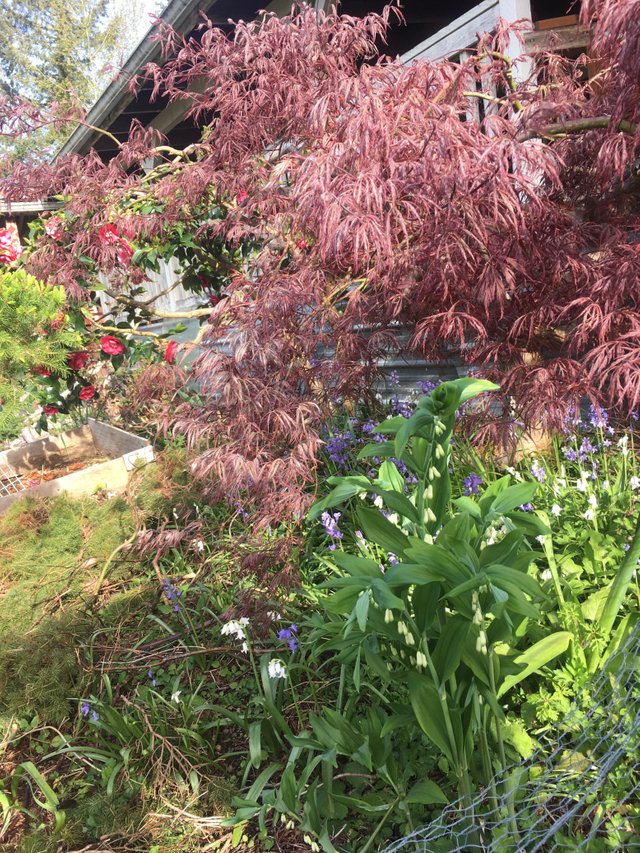
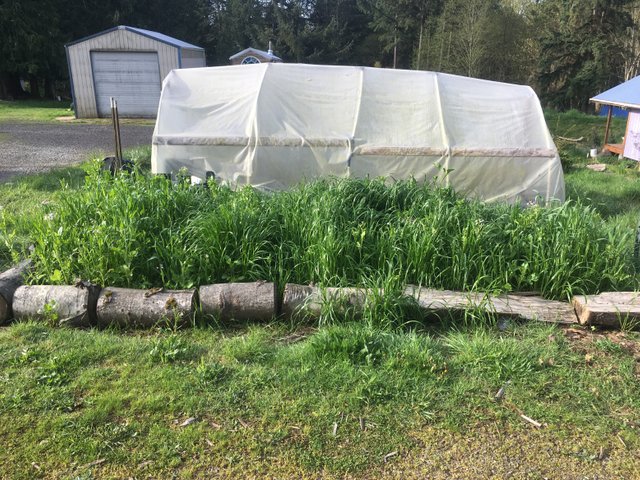
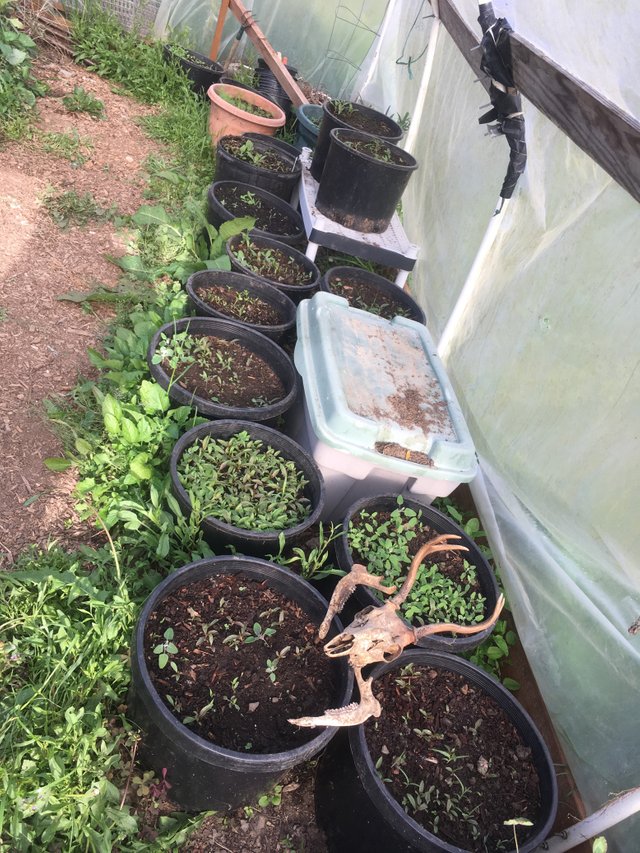
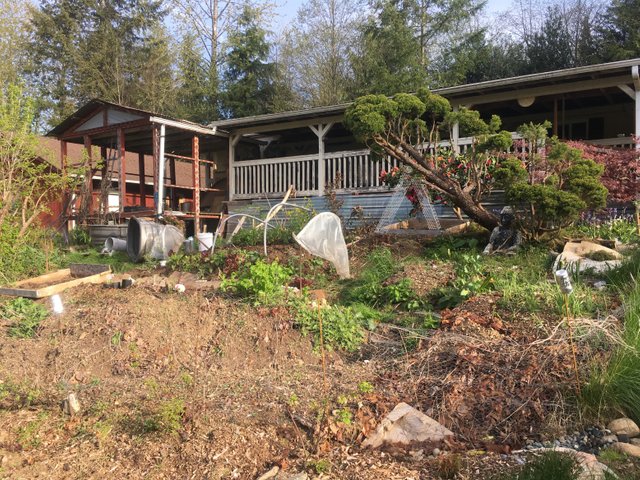
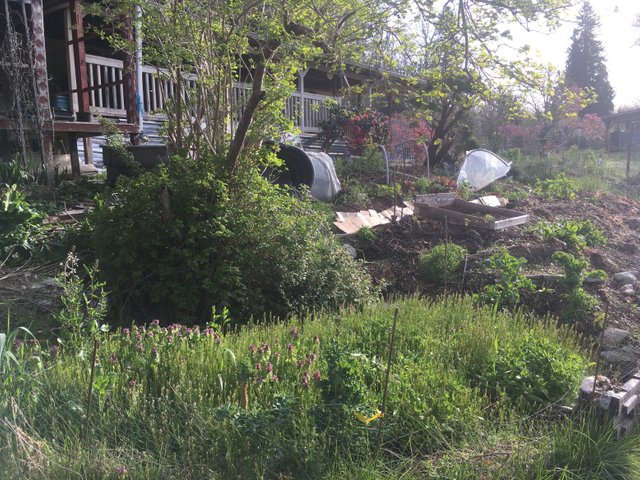
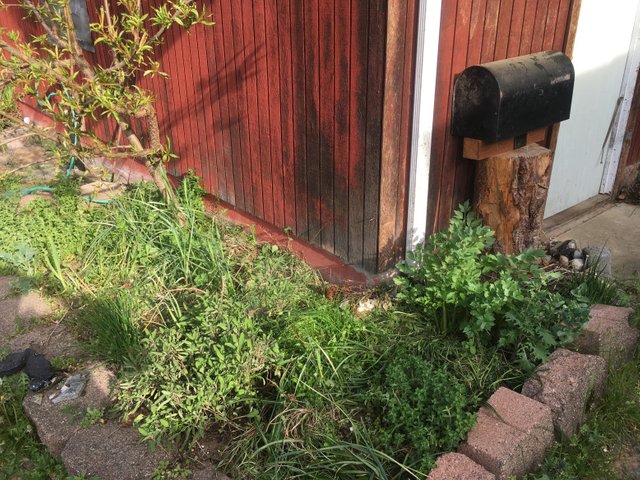
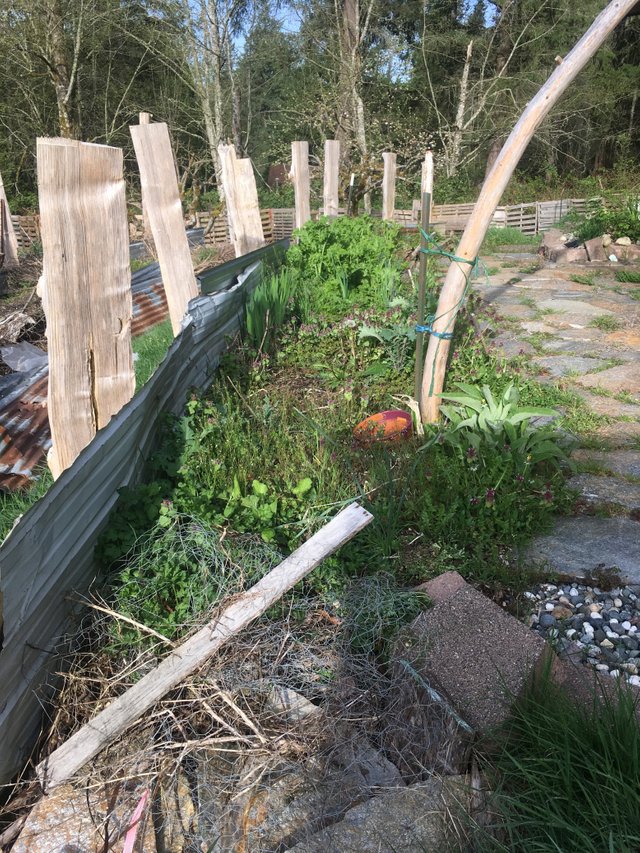

EVERYTHING looks so lush and awesome!
"Hugaculture" is a new term for me.
hey goldendawne, hugaculture is a great technique for keeping a garden's soils damp and happy. I recommend some searching online. On my farm site, I have written about them a few times on the blog, and there will be updates soon, as we're making quite a few new hugaculture beds this summer to help address erosion on slopes.